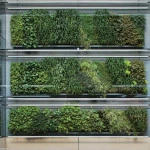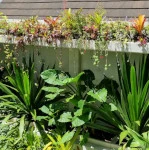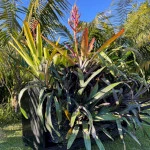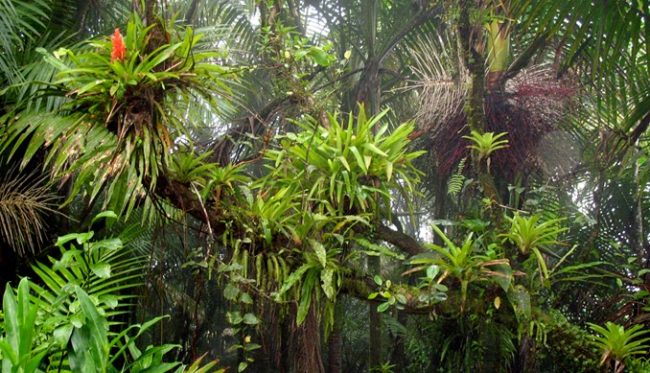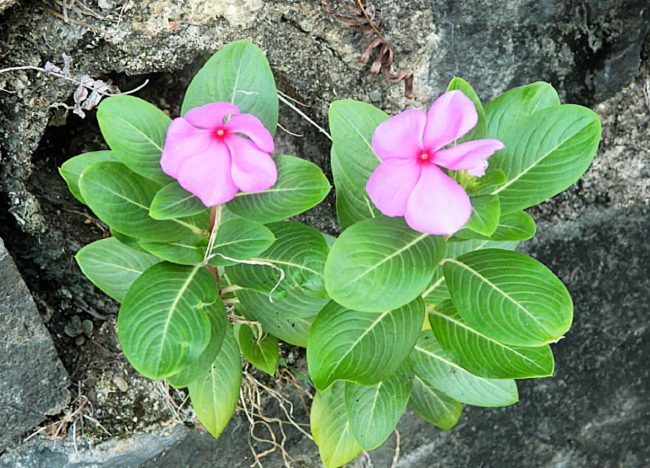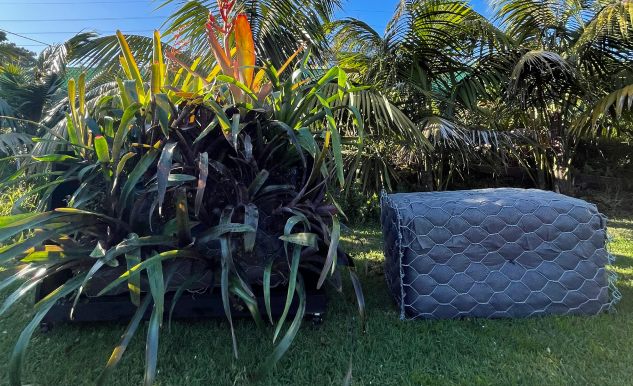Embracing Nature’s Airborne Wonders: Epiphytes in Living Infrastructure
In the realm of living infrastructure, where the interplay between urban design and natural beauty thrives, a group of plants known as epiphytes are making a significant impact. These enchanting flora, renowned for their ability to flourish without soil, are redefining the way we perceive and integrate greenery into our urban spaces.
What are Epiphytes?
Epiphytes, often referred to as “air plants,” are a captivating group of plants that have evolved to grow on other surfaces, such as trees, rocks, and even man-made structures. Unlike traditional plants that draw sustenance from the soil, epiphytes extract nutrients and moisture from the air and rain that surrounds them. This unique adaptation allows them to thrive in diverse environments, from tropical rainforests to urban rooftops and play a major role in our greenwall and EcoPillow planting designs.
Epiphytes employ various strategies to anchor themselves and capture moisture and nutrients. Some species develop specialised structures that cling to their chosen substrates, while others have trichomes—tiny hair-like structures—that aid in water absorption. This adaptability has granted them the ability to survive in regions where soil is scarce or nutrient availability is limited, making them the perfect solution for homes or commercial spaces with restricted greenspace.
Epiphytes in Living Infrastructure: A Perfect Fit
Epiphytes are the epitome of harmonising nature with urban architecture. As the living infrastructure movement gains momentum, these remarkable plants are carving a niche for themselves within this dynamic space. Their unique growth habits and low-maintenance requirements make them an ideal choice for adorning vertical walls, covering rooftops, and breathing life into indoor spaces.
One of the key advantages of incorporating epiphytes into living infrastructure projects is their ability to enhance biodiversity in urban settings. By introducing these plants into the built environment, designers and architects can create microhabitats that support various species of insects and birds. This contributes to a healthier ecosystem and promotes a sense of connection to nature for city dwellers.
Mark Paul, Horticulturist and Founder of The Greenwall Company says, “Epiphytes represent a fusion of nature’s resilience and artistic beauty. At The Greenwall Company, we’re driven by the belief that nature has the power to transform and elevate urban spaces. Epiphytes embody this philosophy, demonstrating that sustainable design can be both aesthetically pleasing and ecologically sound. These plants offer an exciting palette to work with, allowing us to create living artworks that inspire and captivate.”
As urban spaces continue to expand, integrating nature becomes paramount in fostering a balanced and livable environment. Epiphytes, with their ability to thrive without soil and their diverse array of species, provide a novel solution to this challenge. Their presence not only enriches the visual appeal of living infrastructure but also supports a healthier ecosystem within our cities.

